5 tips for illustrating children's books
Best-selling author and illustrator Rob Biddulph shares his expert tips.
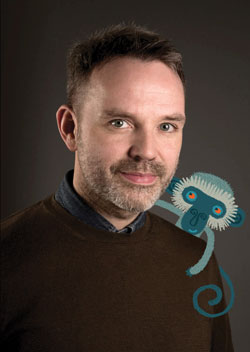
The world of picture books is currently experiencing a golden age. Sales are good and talent is abundant. As such it is a hugely competitive arena.
Rob Biddulph is the art director of the Observer Magazine. He is also an award-winning author and illustrator. His first book, Blown Away, is a bestseller and won this year's Waterstones Children's Book Prize. His second, GRRRRR!, has just gone on sale. Here, Rob shares his tips on illustrating books for children...
01. Draw!
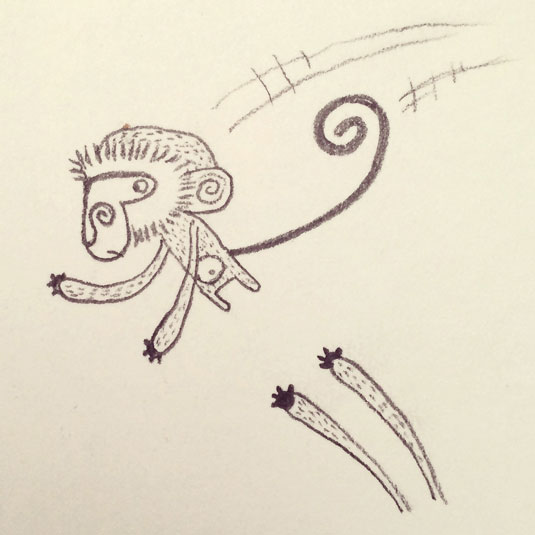
I think that the key to being a successful children's illustrator is developing your own unique style. To my mind that can only be achieved through (and this is going to sound obvious) drawing.
Draw, draw and then draw some more. Have a sketchbook with you at all times. Draw at home, draw at work, draw in the park, draw in the library and draw on the bus.
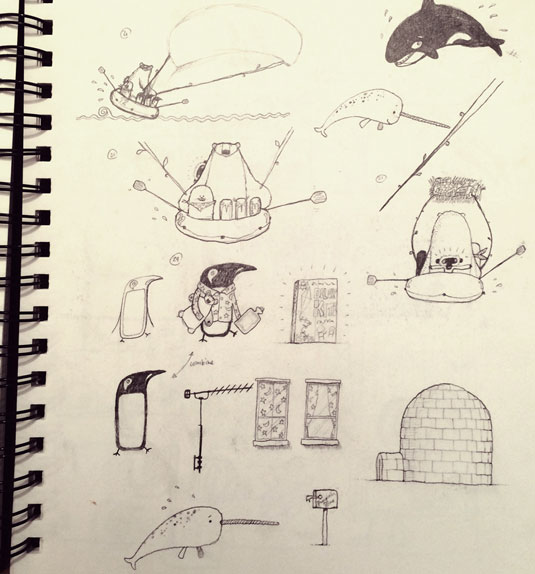
You'll find that your style will begin to reveal itself pretty quickly and once it does you will easily be able to apply it to a wide range of subjects.
When I'm designing a character for a book I draw him or her again and again either on my Wacom Cintiq or I fill up several pages of a sketchbook.
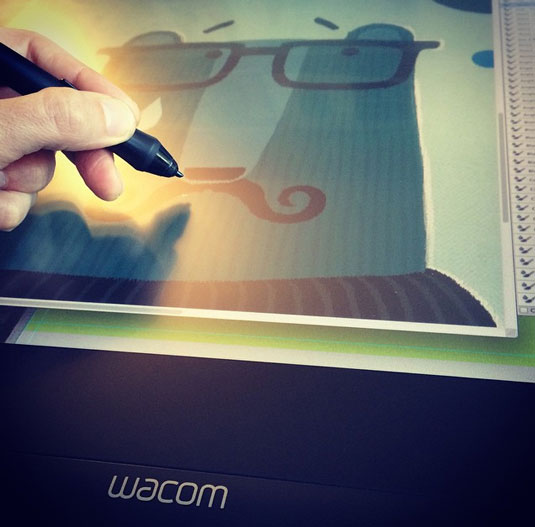
Then, the next day, I have a look back over them all with fresh eyes and tick the sketches that work.
I then rework the images digitally using my tablet and Photoshop as the basis for the final characterisation and go from there.
02. Build up a portfolio of kids' book staples
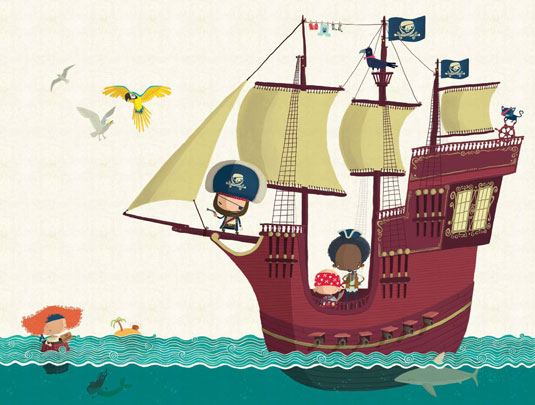
One of the first things my agent said to me was that I needed to build up a portfolio of children's book staples. So I drew a pirate scene, a dinosaur scene, spacemen, aliens, dragons, monsters etc etc.
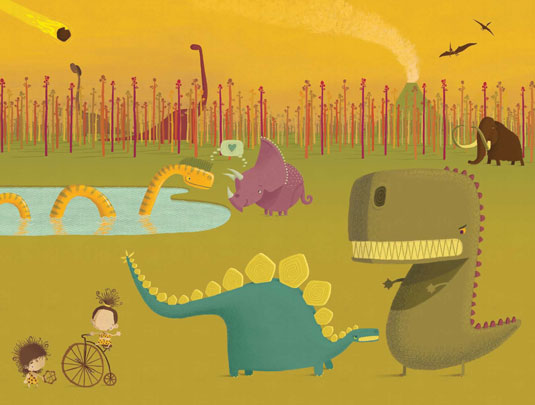
Again, it really helped me to hone my style. It also ensured that publishers could see that I was versatile enough to (hopefully) have a long and varied publishing career.
03. The devil is in the detail
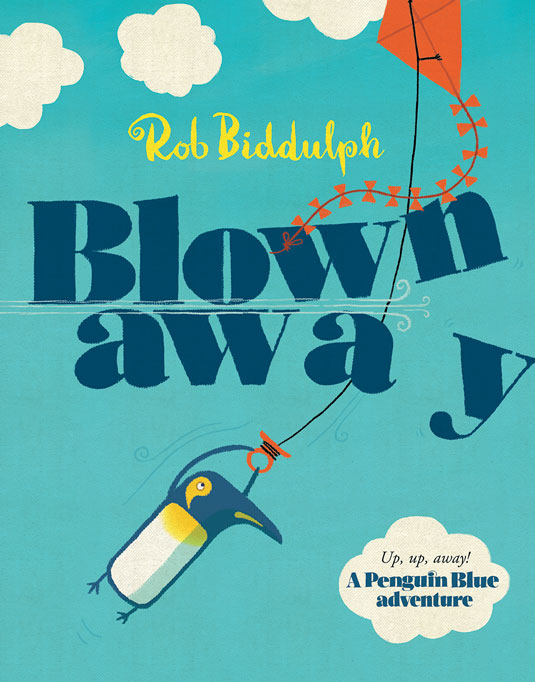
Picture books tend to be read and re-read night after night. Well, the good ones do anyway! So you need to include layers of detail so that children (and parents) can spot things on the second or third reads that they didn't notice the first time around. It makes for a much more rewarding reading experience. It's also a lot of fun thinking of little visual gags to hide away in the pages.
To produce my artwork I use a Wacom art pen and Cintiq tablet with some bespoke brushes to draw the artwork. I then build up the final illustrations layer-by-layer Photoshop.
My Wacom tablet offers such a natural, lovely way to work because it's proper drawing/painting but with the additional bonus of tweakability. I can produce artwork very quickly to a print-ready standard and am able to change anything right up until the last moment. Here is a step-by-step example of how a spread in Blown Away was built up:
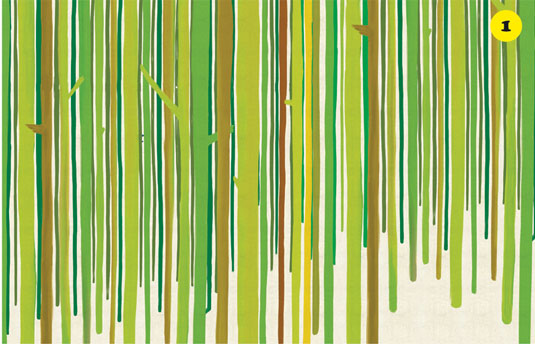
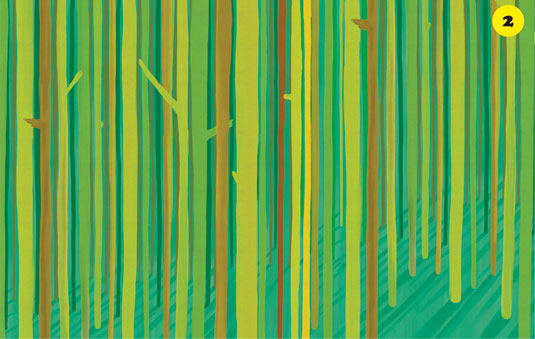
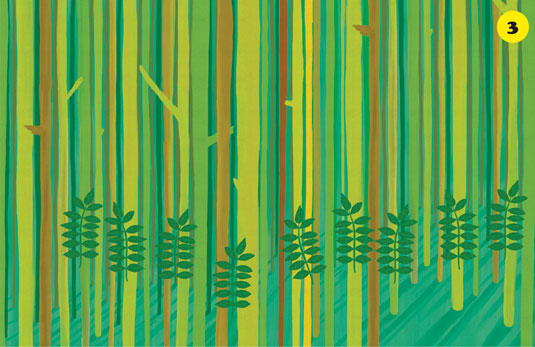
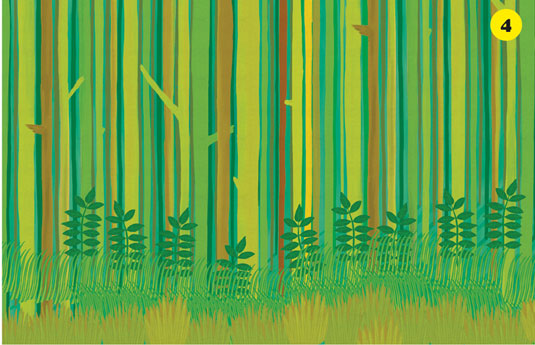
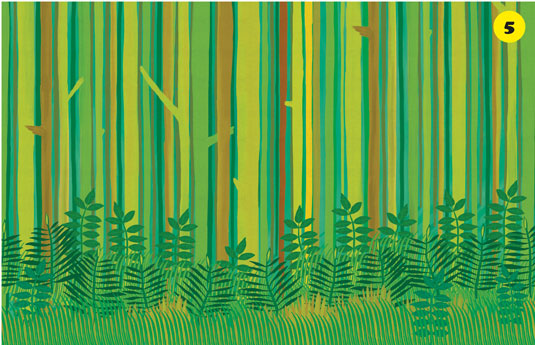
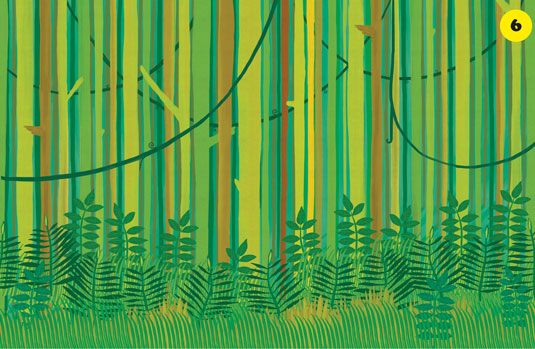

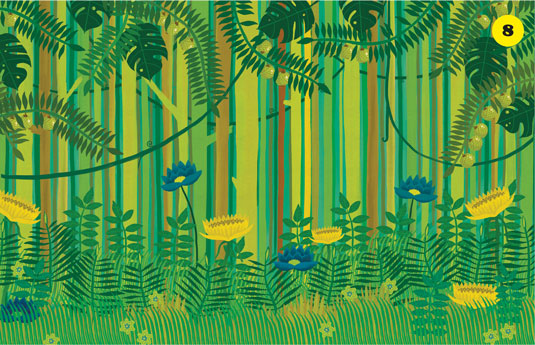
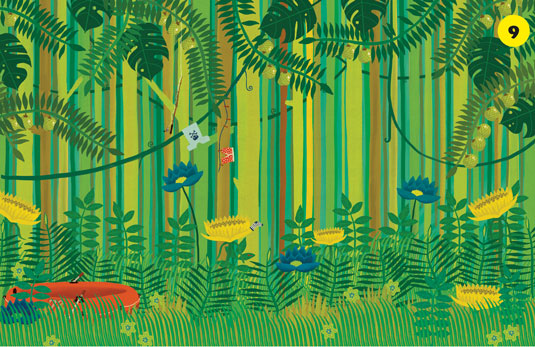
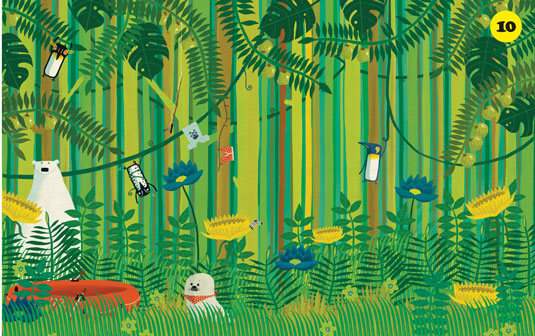
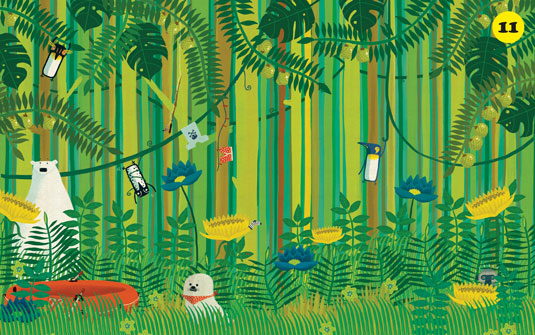
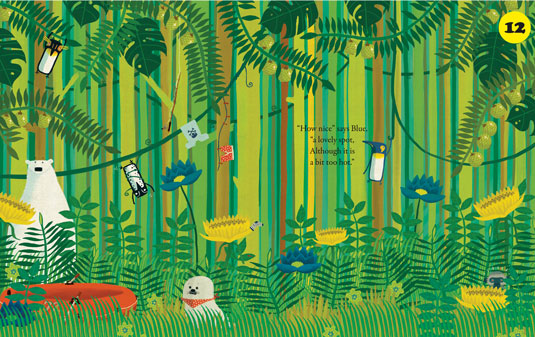
04. Simple faces say more
As odd as it sounds, less is more when it comes to conveying emotion on the faces of picture book characters.
Two black dots for eyes are as good as anything, mainly because it's all about the placement of the eyebrow. It's amazing how a slight positional alteration of a simple line can totally change the expression, from happiness to surprise to anger.
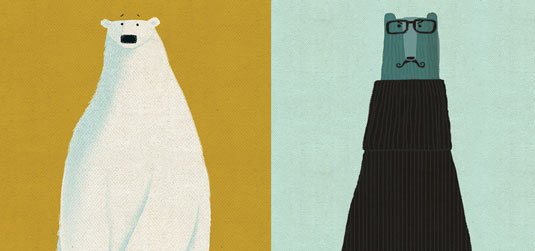
A common mistake, and one that lots of people make, is to try and do too much. That's when it tends to become a bit too cartoony.
Children like to project their own emotions onto those of the character and I think that a relatively blank canvas in terms of visual expression allows them to do this much more easily. Look at the work of Jon Klassen and Oliver Jeffers for further evidence.
05. Variety is the key
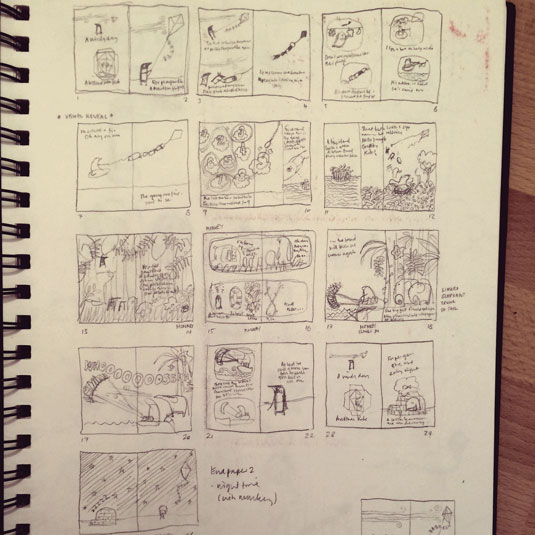
Once the story is written and the characters designed it's time to plan your book. Most picture books tend to be 32 pages long and by the time you have taken out the title page, endpapers and the publishing credits you are left with just 28. Which isn't many!
I start by drawing 14 rectangles each divided in half to represent the double-page spreads of the book and set about crow-barring the story into the pages.
One thing that's really important to consider at this stage is pacing. A book flows much better if you mix it up a bit in terms of how busy the pages are.
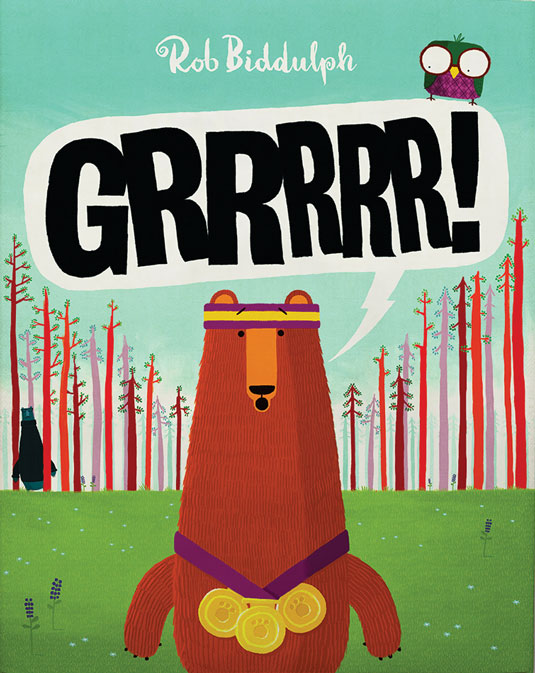
So a page which has every square inch covered with dense detail should be followed by something much more simple and pared back. Maybe lots of white space. Loud, quiet, loud, quiet. That's the way to go.
Also, the colour palette should flow harmoniously through the pages and should only change dramatically if you want to surprise the reader.
An example of this is the jungle scene in Blown Away that I mentioned earlier. Up until this point in the book we had only really seen whites and pale blues so the bright greens are really quite arresting.
Liked this? Try these...

Thank you for reading 5 articles this month* Join now for unlimited access
Enjoy your first month for just £1 / $1 / €1
*Read 5 free articles per month without a subscription

Join now for unlimited access
Try first month for just £1 / $1 / €1
Get the Creative Bloq Newsletter
Daily design news, reviews, how-tos and more, as picked by the editors.

The Creative Bloq team is made up of a group of design fans, and has changed and evolved since Creative Bloq began back in 2012. The current website team consists of eight full-time members of staff: Editor Georgia Coggan, Deputy Editor Rosie Hilder, Ecommerce Editor Beren Neale, Senior News Editor Daniel Piper, Editor, Digital Art and 3D Ian Dean, Tech Reviews Editor Erlingur Einarsson, Ecommerce Writer Beth Nicholls and Staff Writer Natalie Fear, as well as a roster of freelancers from around the world. The ImagineFX magazine team also pitch in, ensuring that content from leading digital art publication ImagineFX is represented on Creative Bloq.
